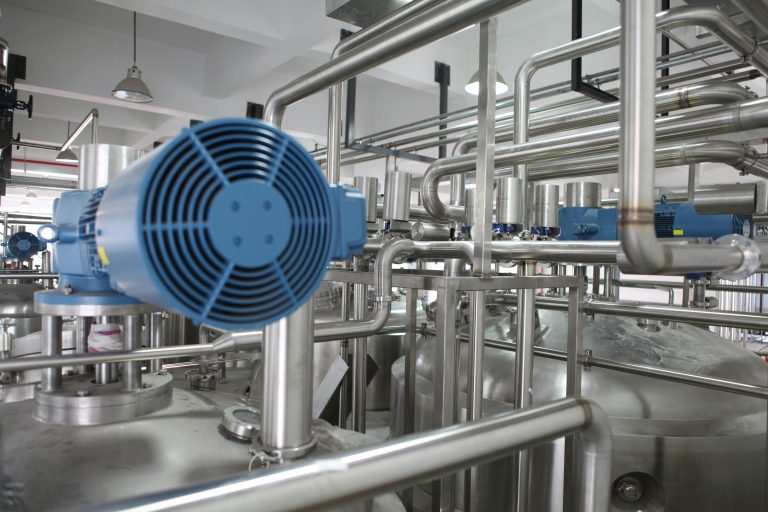Industrial Internet of Things (IIoT) is an ecosystem of industrial devices, machines, sensors, and networking hardware that collect, monitor, and analyse data. IIoT is characterised by data-driven decision-making. Amongst the benefits of Industrial IoT are increased operational efficiency, uptime through predictive maintenance, worker safety, supply chain optimisation, product quality, and legal compliance.
Key Components of Industrial IoT
- Sensors and devices that collect data, such as temperature, pressure, and vibration from industrial equipment.
- Connectivity, such as Wi-Fi, cellular networks, Ethernet, and specialised industrial protocols.
- IIoT systems often employ a combination of cloud computing and edge computing. Cloud computing is deployed to store vast amounts of data, and edge computing is used for localised data processing, reducing latency and enabling real-time decision-making.
- Data analytics and machine learning techniques are applied to extract insights, detect patterns, and optimise operations. Some examples are predictive maintenance, anomaly detection, and demand forecasting.
Challenges and Considerations
- Security and Privacy: Protect sensitive data and ensure the integrity and availability of critical infrastructure.
- Interoperability: Integrating industrial systems and legacy equipment can be complex. Standards and protocols play a crucial role in enabling interoperability.
- Scalability: IIoT implementation requires a robust infrastructure for scalability.
- Data Management: Efficient data storage, processing, and real-time analytics capabilities are essential.

